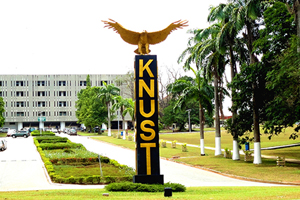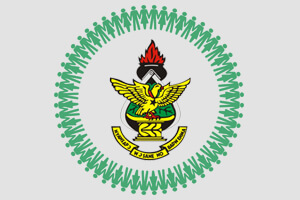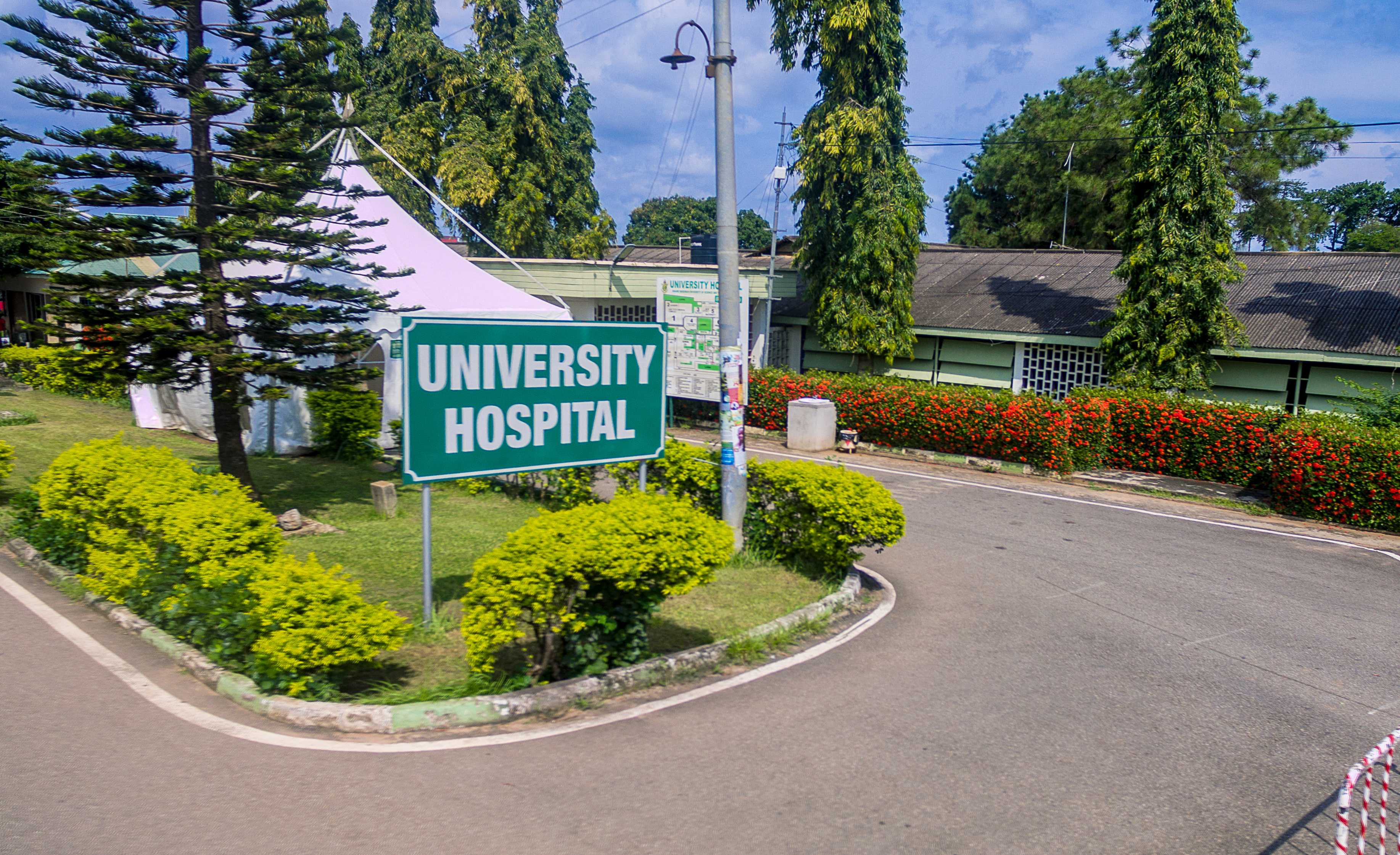When a student intern collapsed unexpectedly on campus, the KNUST Hospital Emergency Unit responded with remarkable speed and precision.
What unfolded behind the bright orange partitions was an emergency care system functioning exactly as designed.
I had spoken to the young man only minutes before learning he had been found unresponsive and rushed to the hospital. A few colleagues and I hurried to the University Health Services Emergency Ward. Despite our anxious state, the directional signs led us straight to the unit.
By the time we arrived, care was already underway, and there was no barrage of questions one might expect in a crisis.
Seeing someone who had been fully dressed moments earlier now lying motionless with his chest bare was deeply unsettling.
My eyes shifted from his still body to the bright orange partitions and the equipment around him: the ventilator, the monitors, the crash cart, and several other unnamed machines whose purposes I could only guess.
The spotless environment and modern equipment offered a sense of reassurance, even with the oxygen mask covering his face and multiple medical professionals working around him.
Relief washed over me when the lead physician, Dr. Kwame Adjei Akrasi, called out: “Push the ketamine. Leave the perfusor on. Take 10mls, dilute it to 50.”
I did not understand the medical jargons. However, something in his tone conveyed control, very much like the commanding cadence of a charismatic church priest leading a deliverance session.
Working alongside fellow physician Dr. Irene Avotri, and Principal Nursing Officer Elvis Asiamah Attah, he helped stabilise the patient step by step.
About 30 minutes later, the atmosphere softened. A paramedic laughed briefly. Emergency nurse Felicia Amankwah, wearing a military-style waist bag, arranged for the ambulance and prepared the transfer to the Komfo Anokye Teaching Hospital.
Her cheerful remark to a colleague, “The system is working,” provided as much comfort as the improving medical readings.
Today, the young man is healthy and cheerful, surrounded by his family.
Strangely, it was only afterward that my mind returned to the black scrubs worn by Dr. Akrasi and Dr. Avotri. They appeared so resolute and intimidating in the moment.
Then my eyes lingered again on the triangular motifs on Dr. Akrasi’s cap, stirring a wave of reflection: Before the collapse, the young man was strong, balanced, and normal.
During the illness, everything was unequal, unpredictable, and full of pain. After the recovery, life had returned and he stood upright once again.
For a unit serving a large and demanding community, especially students, what happened behind those orange partitions was deeply reassuring.
Indeed, the system is working.
Author’s playful note: We will be waiting for the shirt and singlet. Felicia knows why.

















